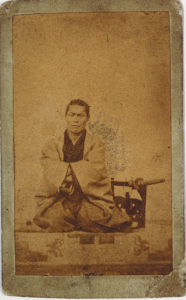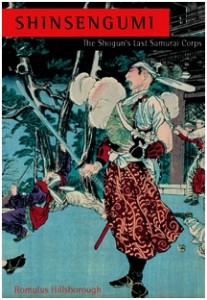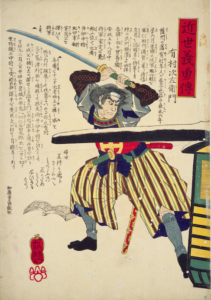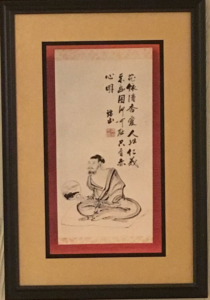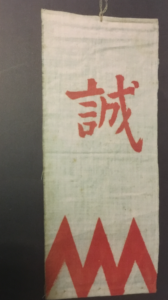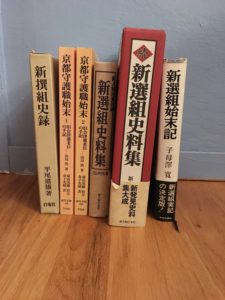The three most notorious assassins of the bloody Bakumatsu era (1853 – 1868)—Okada Izō, Tanaka Shimbé, and Kawakami Gensai—were from Tosa, Satsuma, and Kumamoto, respectively. All three bore the nom de guerre Hitokiri, literally “Man-Cutter”—which is really just another term for “murderer.” Izō of course was the chief hit man of Tosa Loyalist Party leader Takéchi Hanpeita, under whom he studied kenjutsu in Kochi (castle town of the Tosa daimyo) and also at the famed Momonoi Dojo, one of the three most highly reputed kenjutsu schools in Edo, where Takéchi had served as head of students. As I wrote in Samurai Assassins,
The historical record of Okada Izō is scant. The novelist Shiba Ryōtarō writes of the “overly intense physical strength and stamina” with which “Hitokiri Izō” was naturally endowed. By age fifteen, perhaps even before studying under Takéchi, Izō had already started training on his own—not with a bamboo practice sword commonly used in the training hall but with a heavier and lethal oaken sword he had carved himself, “wielding it. . . from morning to night,” with such ferocity that his “body would be wasted,” thus developing extraordinarily powerful arms and the ability to handle a sword with great speed. As Shiba points out, the original purpose of a sword was to kill people. But “in the Tokugawa era it became a philosophy. Izō [however] . . . taught himself fencing as a means of killing.” [end excerpt]
Izō was “intrepid by nature and fond of the martial arts,” wrote Tosa historian Teraishi Masamichi in 1928 (in Tosa Ijinden/“Biographies of Great Men of Tosa”). His sword “attack came swift, like a falcon, as was apparent in his nature—which was why [Takéchi] was so fond of him,” according to an early Takéchi biography published in 1912 (Ishin Tosa Kinnō-shi/“The History of Tosa Loyalism in the Meiji Restoration”).
